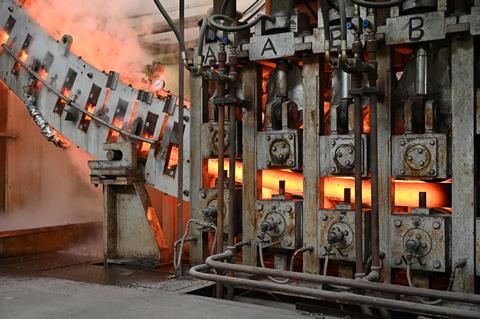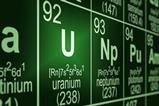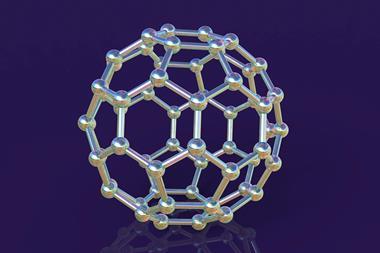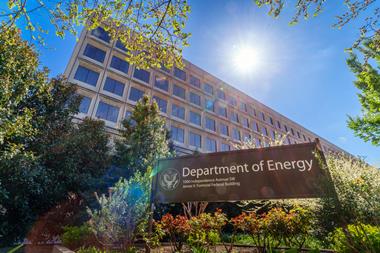An expert group working to develop specialist high-temperature steels has demonstrated, for the first time in the UK, the large-scale production of fusion-grade steel.

Described as a ‘groundbreaking moment’ for nuclear fusion R&D, it is estimated that the approach has the potential to decrease production costs up to 10 times and improve the efficiency of future fusion powerplants.
According to a release from the UK Atomic Energy Authority (UKAEA), the Neutron Irradiation of Advanced Steels (Neurone) consortium successfully produced 5.5 tonnes of fusion-grade reduced-activation ferritic-martensitic (RAFM) steel using a seven-tonne Electric Arc Furnace located at the Materials Processing Institute (MPI) in Middlesborough, UK.
David Bowden, group team leader for materials science and engineering at UKAEA and leader of the consortium, said one of the major challenges for delivering fusion energy was developing structural materials that could withstand temperatures of at least 650°C, as well as intense neutron radiation.
Richard Birley, Neurone project lead at MPI, added that the work laid the foundation for cost-effective manufacturing of fusion steel for future commercial fusion programmes. ‘Neurone plans to produce advanced variants of RAFM steel, capable of operating up to 650°C – a stretch target, given the solid-state physics of irradiated materials behaviour,’ he said.
‘Developing these types of steel could also benefit adjacent industries that require high-strength, high-temperature structural steels, such as nuclear fission or petrochemicals.’
The Neurone Consortium is a £12 million collaboration, established in April 2023, between the UKAEA’s Materials Division and academic and industry partners across the UK and internationally, which provide access to neutron irradiation facilities.
In addition to this work, the group has produced more than 50 different variants of advanced reduced-activation ferritic-martensitic steel alloy for analysis.

















No comments yet